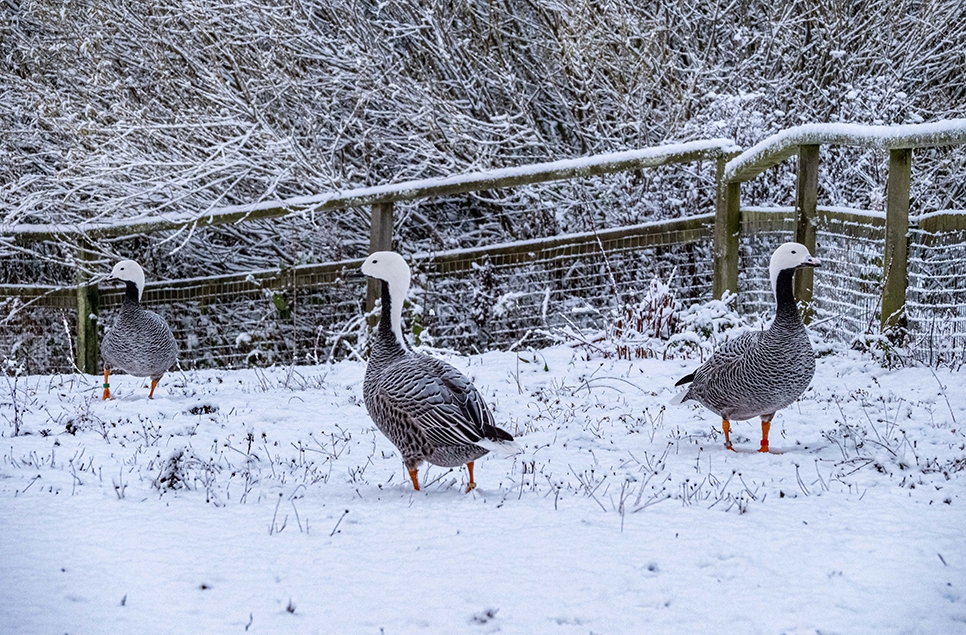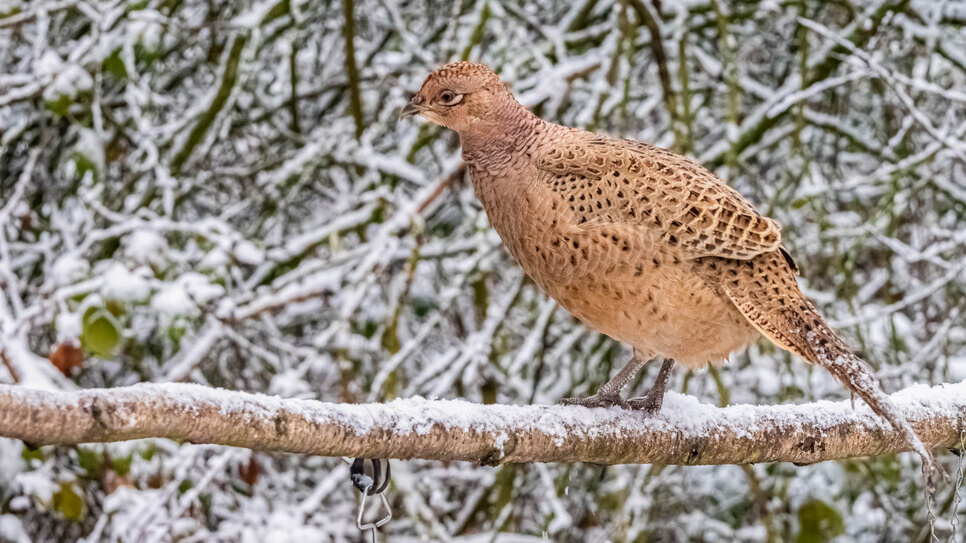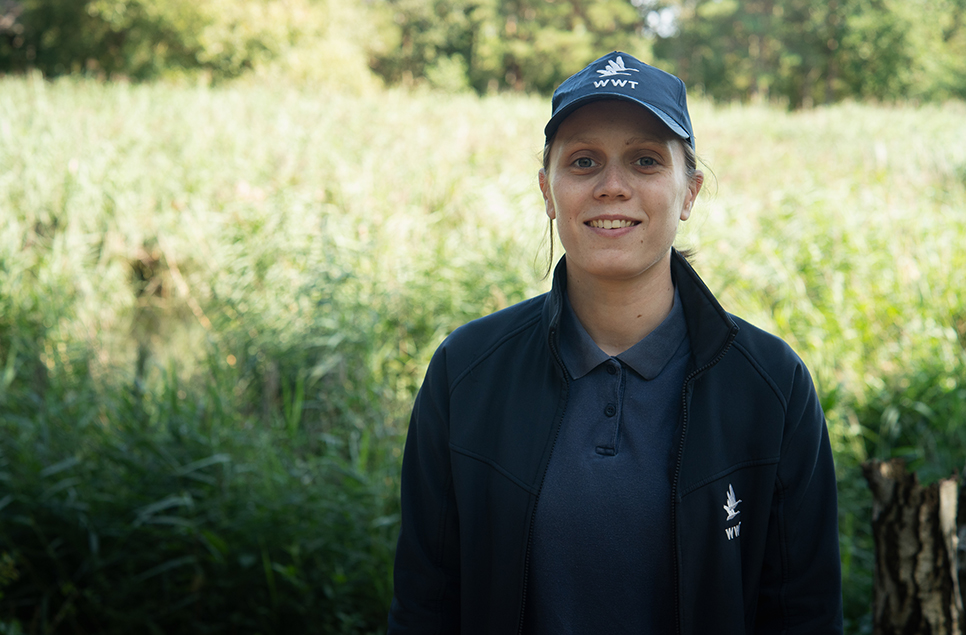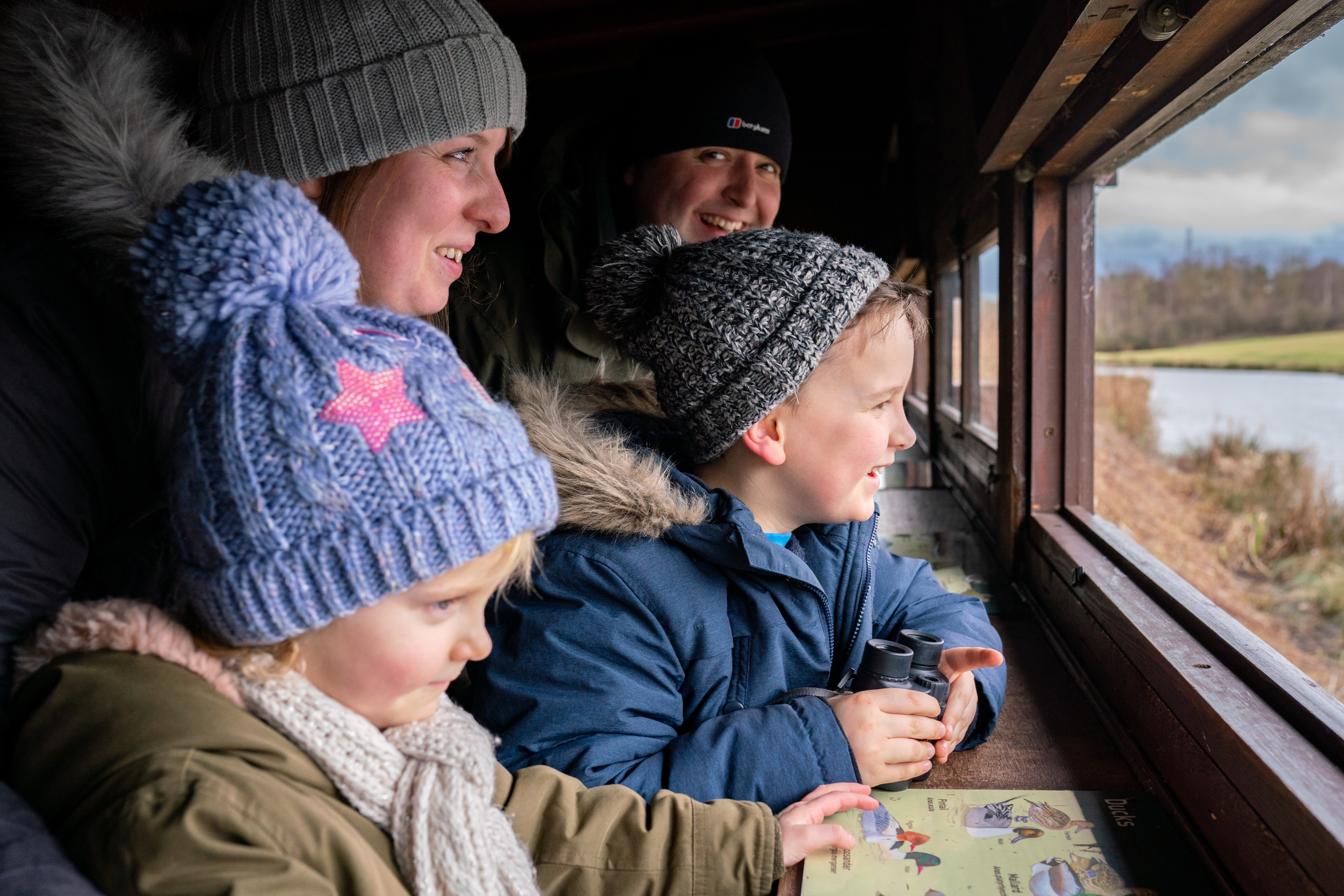Hatchling season begins
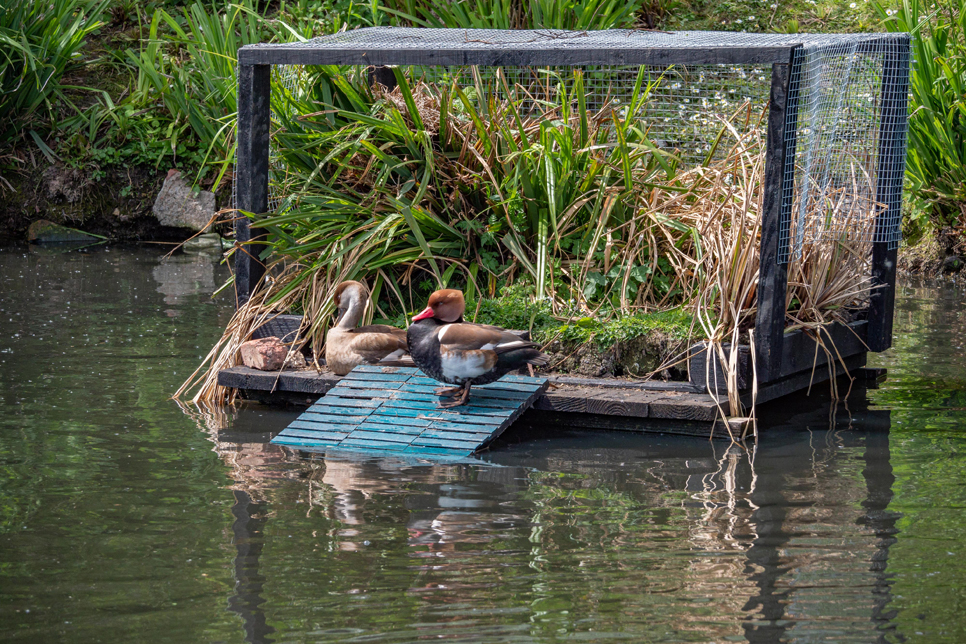
Hatchling season has officially begun, and with it our collection team’s annual search for nests.
Each year, we carefully remove our birds' eggs and place them in incubators at our duckery, where the youngsters are looked after by our specialist breeding team until they’re big enough to be returned to our wetlands or moved to another site.
Right now, the incubators are full of eggs from barnacle geese, white-fronted geese, Philippine ducks and smew, with many more species laying eggs in nests around the grounds, ready for gathering. But first…we need to find out where!
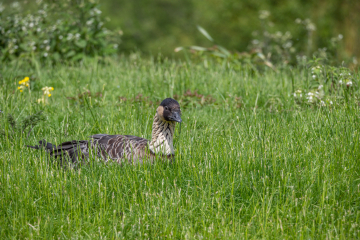 Some species make this task a lot easier than others. For example, our gentle Hawaiian geese – or nenes – practice ‘nest fidelity’, meaning that within a season, and even year on year, they will return to the same site.
Some species make this task a lot easier than others. For example, our gentle Hawaiian geese – or nenes – practice ‘nest fidelity’, meaning that within a season, and even year on year, they will return to the same site.
Others are happy to settle in obvious locations, such as Ross’ geese and oystercatcher, which have both been known to build nests within easy view in Ganderland.
Rosybill females make a lot of noise when you approach their nests, so easily give themselves away.
And some of our birds are more likely to nest if we provide them with nest boxes; recreating natural areas such as hollows in trees, dense vegetation or crevices in riverbanks.
On the flip side, some species make things rather more difficult. White-headed ducks, for example, like burrowing deep within sedge and reed beds (instead of using the lovely floating platform we created for them, which the red-crested pochard are now sunbathing on - pictured top!). This is a great strategy for avoiding predators but doesn’t help when we are trying to locate them!
Don't forget to pay a visit to our duckery in the coming weeks to see what our team has been busy collecting and hatching.
All tickets must be pre-booked, including members, carers and children under-4 >> https://www.wwt.org.uk/wetland-centres/washington/...
